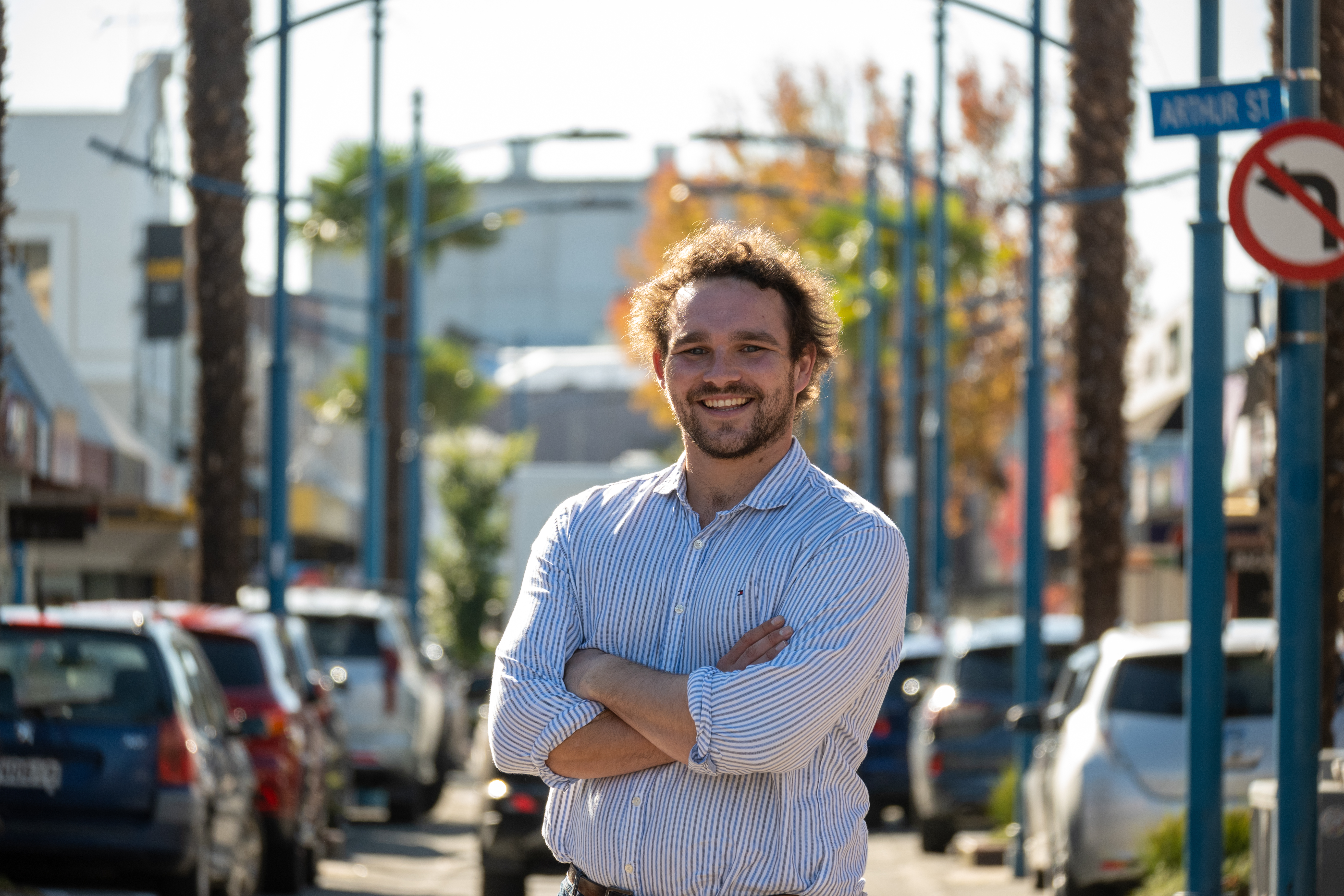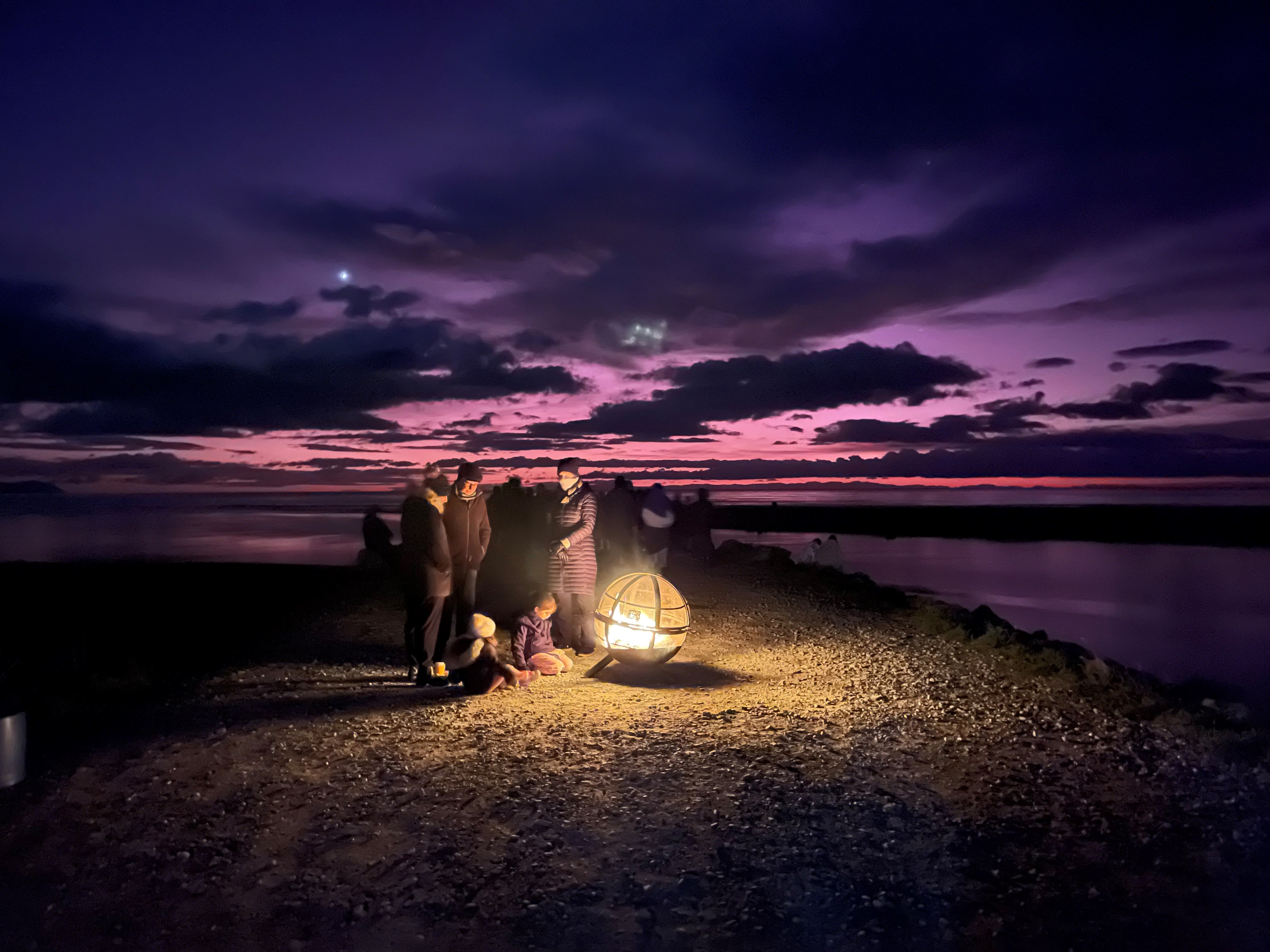Matariki Holiday Q&A with Corey Hebberd


With the second official Matariki holiday over July 14 to 16, Rangitāne o Wairau General Manager Corey Hebberd spoke to Marlborough Weekly reporter William Woodworth about the holiday’s meaning for Māori and all New Zealanders, Māori cultural practices and celebrations around Matariki for people to partake in, thoughts on the 2nd official national Matariki holiday and being able to celebrate the event at the culturally important Wairau Bar.

What is the significance of having an official Matariki holiday to acknowledge Māoritanga, for both Māori and all New Zealanders?
The significance of Matariki as a public holiday extends beyond Māori communities and presents a valuable opportunity for all New Zealanders to appreciate the cultural diversity that defines our nation. It acknowledges the contributions of Māori as tangata whenua and promotes understanding of our nation’s dual heritage. It promotes understanding, cultural appreciation, and a sense of unity and inclusivity amongst our diverse community.
Matariki also recognizes and uplifts Māori culture, values, and traditions, reaffirming the unique identity of Māori communities. By participating in Matariki celebrations, non-Māori New Zealanders can deepen their understanding of Māoritanga, challenge stereotypes, and build bridges of mutual respect and appreciation for our unique indigenous culture.
Aside from being Māori New Year, what traditional Matariki rituals in Māori culture that people can get involved in?
Thanks to the generous support of both the Marlborough District Council and the Ministry of Culture and Heritage, alongside iwi, within Marlborough there have been a number of opportunities for our community to partake in Matariki celebrations. These include traditional hautapu and ceremonies which have provided an opportunity to learn more about our traditional practices and customs.
Along the lines of Christmas dinner, are there any traditional specific meals to celebrate Matariki?
RNZ produced a great resource: https://www.rnz.co.nz/news/te-manu-korihi/493013/how-to-hold-your-own-hautapu-ceremony-this-matariki
It speaks to gathering kai for each of the four Matariki stars connected to food:
Tipu-ā-nuku is associated with growing in soil. Traditionally kūmara was used, but you can also use potato or carrot.
Tipu-ā-Rangi is connected with everything that grows in trees: fruits, berries, and birds, so for this star chicken or berries could be good choices.
Waitī represents all freshwater bodies and food sources sustained by those waters. For this whetū you could use eel, freshwater crayfish or watercress.
Waitā is linked to the ocean and salt water. Snapper, shellfish, or seaweed could be used to represent this star.
With Rangitāne’s Matariki dawn event being held at Wairau Bar at somewhere that was very important to the first generations of tupuna in Aotearoa, does that bring something special compared to other Matariki events around the country?
For Rangitāne, spending time at Te Pokohiwi o Kupe and the Wairau Bar is always an important occasion. Te Pokohiwi o Kupe is the oldest known site of occupation in Aotearoa dating back over 800 years. As the descendants of the people who lived and thrived in this area, and as present day kaitiaki of the whenua, Rangitāne o Wairau have a deep connection to this area, where our tupuna lay.
We are also cognisant of the many sites that have been explored on Te Pokohiwi o Kupe, including a huge stone-lined umu or hangi pit, which identified this area as a place where our people gathered for significant occasions. It is fitting that we return to Wairau Bar each year to celebrate Matariki in this special place.

With this only being the 2nd officially celebrated Matariki, how do you hope to see the Matariki holiday develop going forward?
It is clear that Matariki is going from strength to strength. Local businesses, community organisations, schools and people in our community are embracing and celebrating Matariki. It is a public holiday that is uniquely ours. It sets us apart globally in that we celebrate the significance of the Māori New Year. This shows respect and the closeness of our nation, as we embrace our indigenous customs and celebrate them together in unity.
